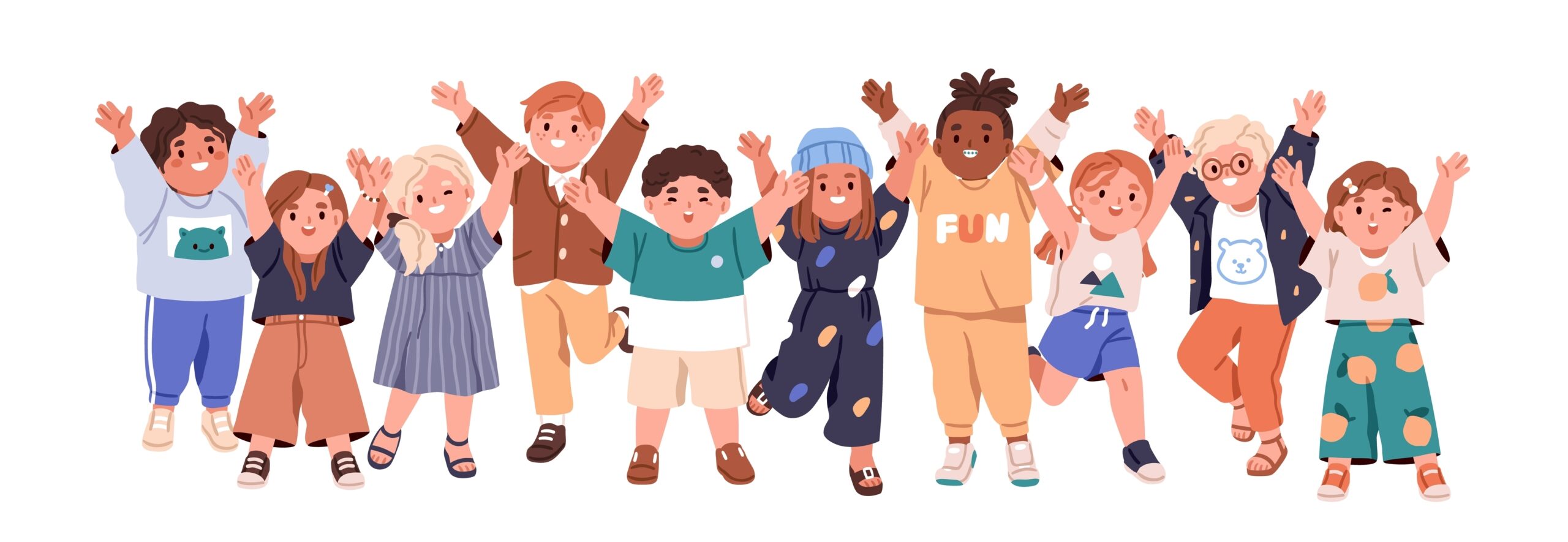Orthopedic, Mobility, & Post-Surgical Rehab
- Knee Surgery & ACL Rehab: Find Therapy After Knee Replacement
- Post-Shoulder Surgery Rehab: Rotator Cuff & Labral Repair Recovery
- Post-Hip Replacement Rehab: Recovery & Therapy
- Back Surgery Rehab & Recovery Therapy | Expert Rehab Plans
- Frozen Shoulder Adhesive Capsulitis Rehab
- Tendonitis Rehab & Treatment | Achilles, Patellar & Rotator Cuff Tendonitis Therapy
- Low Back Pain Rehab & Therapy | Expert Treatment & Recovery
- Sciatica Pain Relief & Rehab Therapy | Find Trusted Sciatica Specialists
- Neck Pain: Causes, Treatment & Therapists Near You
- Chronic Pain & Fibromyalgia: Causes, Relief & Therapy
- Torticollis in Babies & Adults: Causes, Symptoms & Therapy
- Toe Walking in Children: Causes, Therapy Options & When to Worry
- Scoliosis in Children and Teens: Symptoms, Treatment & Therapy Support
Torticollis in Babies & Adults: Causes, Symptoms & Therapy

Authored by: The DrSensory Editorial Team
Reviewed by: 🛡️ DrSensory Clinical Review Board – Doctor of Therapy Rehab Division
Last updated: June 2025
- Why Early Treatment Is Important
- Expert Treatment Options for Torticollis
- How Therapists Help with Torticollis
- Torticollis and Flat Head Syndrome (Plagiocephaly): How They’re Connected
- Red Flags and When to Refer Out
- Torticollis and Developmental Milestones
- Torticollis Treatment Timeline and Success Rates
- Home Exercises and Parental Involvement
- Mental Health and Chronic Pain – You’re Not Alone
- When to Seek Help for Torticollis
- Frequently Asked Questions
Torticollis – Causes, Symptoms & Expert Therapy Options
What Is Torticollis?
Torticollis, also called “wry neck,” is a condition where the neck muscles contract involuntarily, causing the head to tilt or rotate to one side. It can affect infants (congenital torticollis) or adults (acquired torticollis) and often results in muscle imbalance, pain, and restricted movement.
Types of Torticollis
Congenital Muscular Torticollis (CMT)
The most common type, CMT occurs in infants and is usually caused by a tight or shortened sternocleidomastoid (SCM) muscle on one side of the neck. It may result from positioning in the womb or birth trauma.
Acquired Torticollis
- Develops later in life due to:
- Muscle spasms
- Neck injury or trauma
- Infection or inflammation
- Neurological disorders
- Medication side effects (e.g., dystonia)
Signs and Symptoms of Torticollis
In Infants
- Head consistently tilted to one side
- Difficulty turning head
- Facial asymmetry
- Flat spots on the skull (plagiocephaly)
- Trouble with tummy time or feeding from one side
In Children or Adults
- Neck pain or stiffness
- Head tilt or rotation
- Limited range of motion
- Shoulder height differences
- Muscle spasms
What Causes Torticollis?
- Intrauterine positioning
- Difficult or assisted delivery
- Muscle injury or inflammation
- Cervical spine abnormalities
- Neurological conditions (e.g., cerebral palsy, dystonia)
- Reaction to certain medications
Why Early Treatment Is Important
Early therapy for torticollis—especially in babies—can prevent:
- Long-term muscle imbalance
- Developmental delays
- Vision or feeding problems
- Plagiocephaly (flat head syndrome)
Therapy is often most effective when started before 3–6 months of age in infants.
Expert Treatment Options for Torticollis
How Therapists Help with Torticollis
At DrSensory, we connect families with licensed pediatric and adult therapists who specialize in torticollis treatment.
Physical Therapy (PT)
- Gentle stretching of tight neck muscles
- Head-turning and strengthening exercises
- Positioning strategies during play, sleep, and feeding
- Tummy time progression for babies
- Manual therapy techniques
Occupational Therapy (OT)
- Promotes age-appropriate movement and sensory development
- Addresses feeding or posture difficulties
- Assists with visual-motor coordination and functional activities
Speech-Language Pathology (SLP)
SLPs support feeding, swallowing, and oral-motor development when torticollis impacts:
- Breast or bottle feeding
- Latching difficulties
- Tongue and jaw coordination
Torticollis and Flat Head Syndrome (Plagiocephaly): How They’re Connected
Torticollis is a leading cause of plagiocephaly, also known as flat head syndrome. When a baby prefers turning their head in one direction due to tight neck muscles, pressure builds on one side of the skull, leading to a flat spot.
Why It Happens:
- Babies sleep on their backs (safe sleep), but favoring one side due to torticollis increases skull pressure.
- Reduced tummy time limits movement and muscle development.
How Therapy Helps:
- Physical therapists (PTs) gently stretch the neck and promote symmetrical movement.
- Occupational therapists (OTs) help modify positioning during play, feeding, and sleep to reduce pressure.
- In severe cases, helmet therapy may be prescribed in coordination with therapy.
✅ Pro Tip for Parents: Starting treatment before 6 months leads to the best results in both head shape and neck function.
Red Flags and When to Refer Out
When Torticollis Could Be a Sign of Something More Serious
While most torticollis cases are muscular and treatable with therapy, some require medical referral to rule out more serious issues.
Contact a doctor immediately if:
- Torticollis starts suddenly with severe pain or stiffness
- Your baby has a fever, irritability, or drooling (could signal infection)
- The tilt does not improve after 1 month of therapy
- There are signs of muscle weakness or unusual eye movement
Possible underlying causes:
- Neurological conditions (e.g., cerebral palsy, Arnold-Chiari malformation)
- Retropharyngeal abscess (infections near the spine)
- Spinal anomalies or tumors (rare but serious)
✅ Reminder: Therapists will monitor progress and refer out if red flags are present—this is a key part of ethical, evidence-based care.
Torticollis and Developmental Milestones
Does Torticollis Affect Baby Milestones?
Yes — untreated torticollis can delay several critical early developmental milestones.
Potential Delays Include:
- Rolling and crawling (limited head movement restricts floor play)
- Reaching and visual tracking (babies may neglect one side)
- Feeding and speech development (due to muscle imbalance)
How Therapy Helps Prevent Delays:
- PTs focus on motor development and active movement
- OTs improve sensory processing and functional positioning
- SLPs support oral-motor coordination when needed
✅ Early Intervention = Better Outcomes: Babies who begin therapy before 3–4 months often hit milestones on time or catch up quickly.
Torticollis Treatment Timeline and Success Rates
How Long Does It Take to Correct Torticollis?
Treatment success depends on the age at diagnosis, severity, and parental involvement in home exercises.
Average Recovery Times:
- 0–3 months old: 4–6 weeks of consistent therapy
- 4–6 months old: 2–3 months
- 6+ months or complex cases: 3–6 months or longer
Success Rates:
- Over 90% of babies show significant improvement or full resolution with therapy
- Consistency is key — daily exercises and therapist visits make the biggest difference
✅ Therapist Tip: Earlier diagnosis leads to faster recovery and fewer complications like plagiocephaly.
Torticollis in Adults: Pain Management and Ergonomics
Torticollis in Adults – What Causes It and How to Treat It
Though commonly associated with infants, adults can develop torticollis due to trauma, poor posture, neurological disorders, or medication side effects.
Common Adult Causes:
- Whiplash injuries (e.g., car accidents)
- Poor posture at work (tech neck)
- Cervical dystonia – a neurological condition causing muscle spasms
- Infections or inflammation
Symptoms in Adults:
- Neck pain and stiffness
- Head tilt or rotation
- Difficulty turning head while driving or working
- Shoulder misalignment
Therapy for Adults:
- PTs use manual therapy, stretching, and strengthening
- OTs assess posture and modify your workspace ergonomics
- SLPs may assist with swallowing or voice if the neck muscles are affected
✅ Multidisciplinary care is essential for adult torticollis to improve function, reduce pain, and prevent chronic strain.
Home Exercises and Parental Involvement
Therapists teach parents how to:
- Perform safe stretches and positioning
- Encourage active head turning
- Alternate feeding and sleep positions
- Incorporate therapy into daily routines
Parent-led routines improve outcomes dramatically, especially in babies under 6 months old.
When to Seek Help for Torticollis
Contact a therapist if:
- Your baby always turns their head to one side
- You notice facial or head flattening
- There’s a visible head tilt in your child or yourself
- There’s persistent neck stiffness or pain after injury
- You or your child develop difficulty eating, swallowing, or speaking
Frequently Asked Questions (FAQ)
What is torticollis in a baby?
Torticollis in infants, or congenital muscular torticollis, is caused by a tight neck muscle that tilts the head to one side. It’s treatable with early physical therapy.
What causes torticollis?
Torticollis may result from birth trauma, muscle strain, infection, spinal abnormalities, or neurological conditions. In adults, it can also be drug-induced (spasmodic torticollis).
Can torticollis go away on its own?
Mild cases may improve over time, but early therapy is strongly recommended to avoid complications like flat head syndrome or long-term posture problems.
What is the best treatment for torticollis?
Gentle physical therapy, combined with occupational and speech therapy, when needed, is the most effective, evidence-based treatment.
How do you treat torticollis at home?
Under the guidance of a therapist, you can do:
- Gentle neck stretches
- Change feeding and sleeping positions
- Increase tummy time
- Encourage baby to look in both directions
How long does it take to treat infant torticollis?
With early therapy, improvement often occurs within 4–6 weeks, though full resolution may take 2–6 months, depending on severity and consistency of exercises.
Is torticollis painful for babies?
Not typically. Most babies with torticollis do not show signs of pain but may have difficulty turning their head or feeding from one side.
Can adults get torticollis?
Yes. Adults may develop acquired torticollis from injury, muscle spasm, or neurological issues. Treatment often includes PT and pain management.
Can torticollis cause speech delays?
Yes, in some cases. Babies with torticollis may experience oral-motor dysfunction, which can affect feeding, sucking, swallowing, and early sound production. When left unaddressed, these motor issues can lead to mild speech or language delays. Speech-language pathologists (SLPs) can assess and support your child’s communication and feeding skills as part of their therapy plan.
Does torticollis affect vision?
Yes. Persistent head tilt can cause binocular vision issues, poor depth perception, and tracking difficulty. Babies may prefer looking in one direction, missing out on full visual input. Occupational therapists often work closely with pediatric optometrists to support healthy vision development alongside physical therapy.
Is torticollis a disability?
Torticollis is not classified as a permanent disability in most cases. With proper treatment, most children and adults recover full range of motion and function. However, if left untreated or associated with neurological conditions, it can contribute to long-term impairments in movement or quality of life.
What is the difference between torticollis and dystonia?
Torticollis is a condition involving head tilt or rotation, often due to muscle tightness (especially in infants).
Dystonia is a broader term for involuntary muscle contractions, often neurological, that may affect many body parts. Cervical dystonia is a form of dystonia that causes torticollis in adults. Therapy for both involves PT, OT, and sometimes medication or Botox injections.
Can chiropractic care help torticollis?
Chiropractic care may provide relief for some adult cases, but in infants, it is not the first-line treatment recommended by pediatric experts. The American Physical Therapy Association (APTA) and American Academy of Pediatrics (AAP) recommend evidence-based therapy through PT, OT, or SLP as the safest and most effective approach for infants and children.
This page provides general educational content and is not a substitute for professional medical advice. Always consult a licensed provider for diagnosis and treatment.
View privacy policy, copyright and trust info
More on Orthopedic, Mobility, & Post-Surgical Rehab

- Knee Surgery & ACL Rehab: Find Therapy After Knee Replacement
- Post-Shoulder Surgery Rehab: Rotator Cuff & Labral Repair Recovery
- Post-Hip Replacement Rehab: Recovery & Therapy
- Back Surgery Rehab & Recovery Therapy | Expert Rehab Plans
- Frozen Shoulder Adhesive Capsulitis Rehab
- Tendonitis Rehab & Treatment | Achilles, Patellar & Rotator Cuff Tendonitis Therapy
- Low Back Pain Rehab & Therapy | Expert Treatment & Recovery
- Sciatica Pain Relief & Rehab Therapy | Find Trusted Sciatica Specialists
- Neck Pain: Causes, Treatment & Therapists Near You
- Chronic Pain & Fibromyalgia: Causes, Relief & Therapy
- Torticollis in Babies & Adults: Causes, Symptoms & Therapy
- Toe Walking in Children: Causes, Therapy Options & When to Worry
- Scoliosis in Children and Teens: Symptoms, Treatment & Therapy Support
Find a Therapist near you
Are you looking for a physical, occupational, or speech therapist in your area?
Look no further than the DrSensory Therapist Database and Clinic Directory!
Find a Therapist
Find the physical therapist, occupational therapist, or speech language pathologist you’re looking for!
Ask Us Anything
Whether you are looking for advice, have a general question about sensory processing, or looking for resources.
Submit Your Story
Share your story about your child. Let’s celebrate milestones and learn more about challenges.














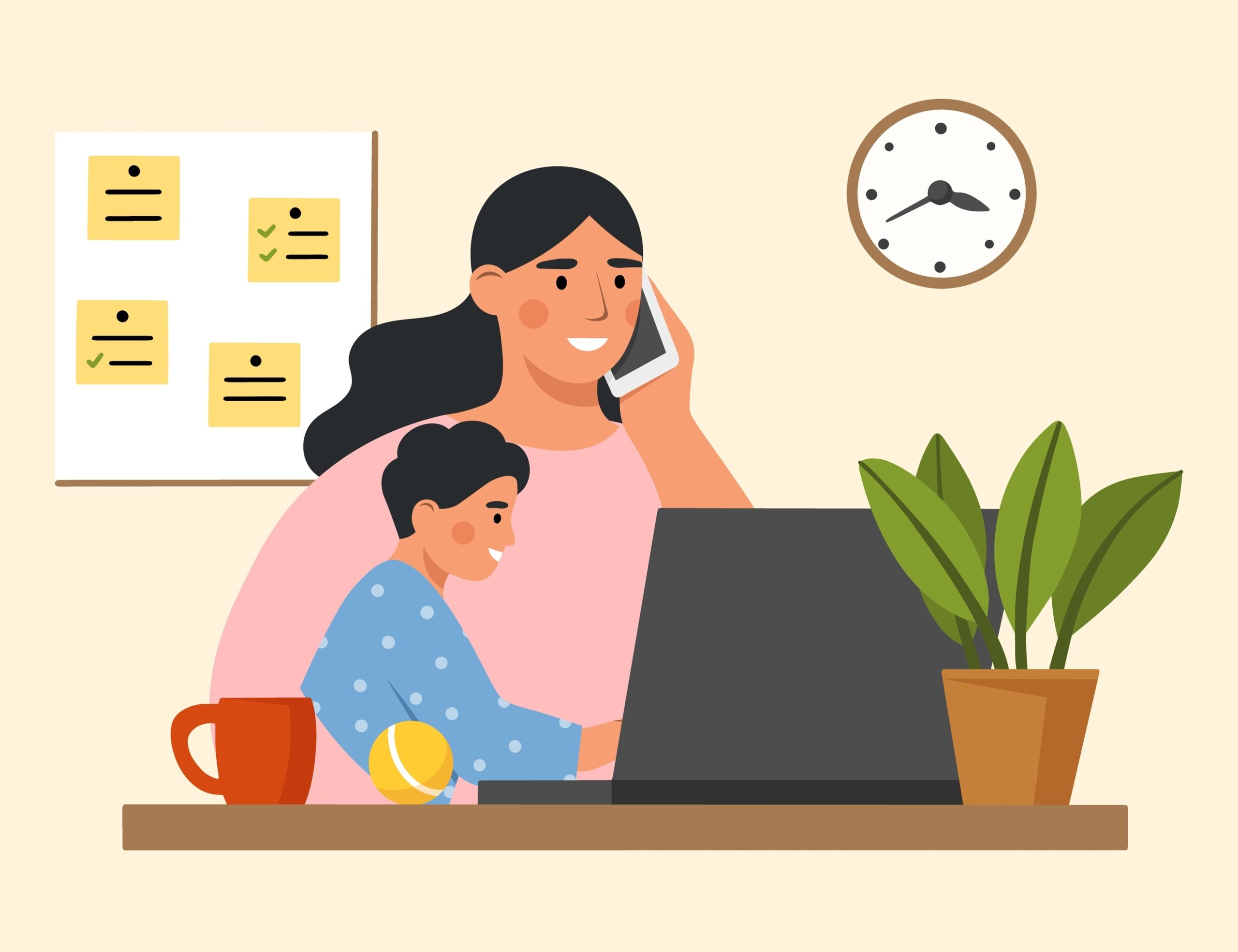


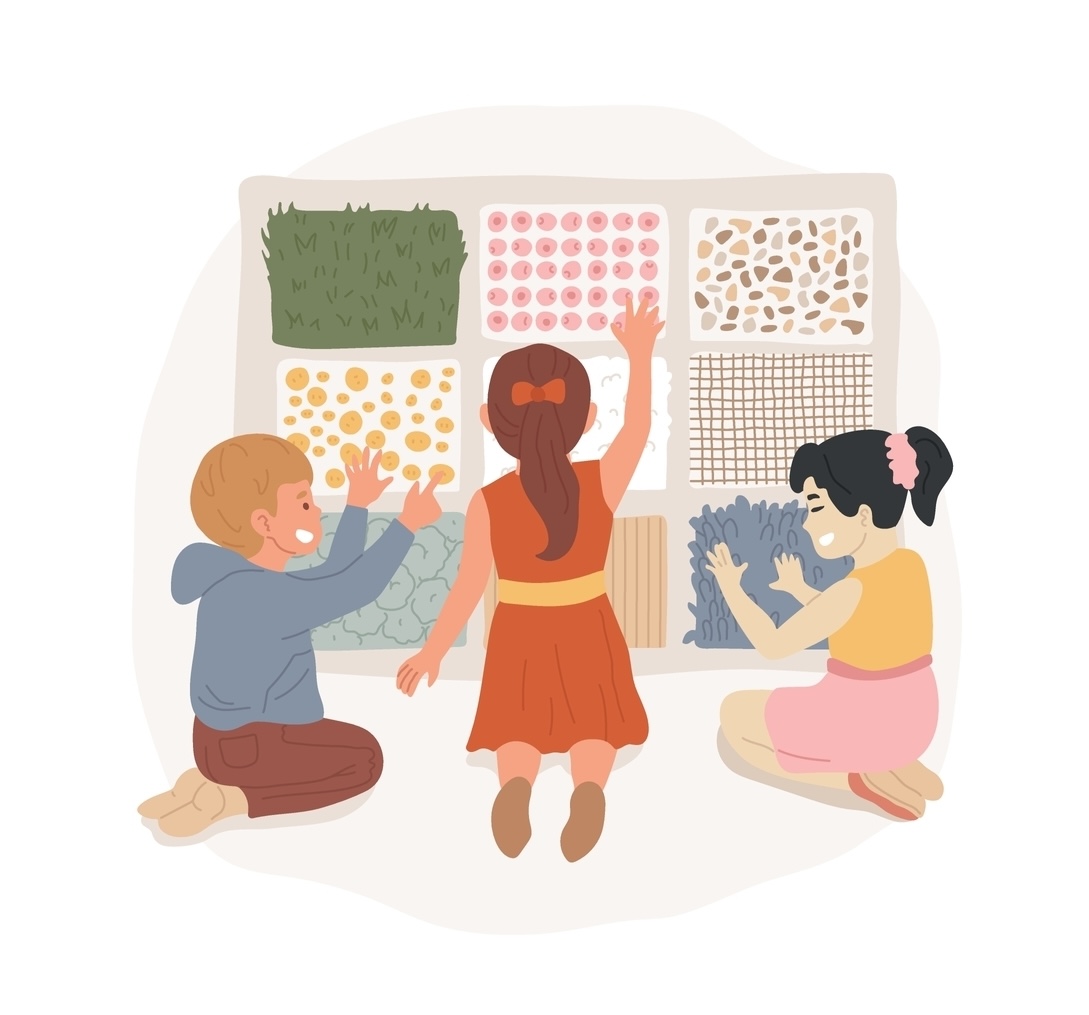


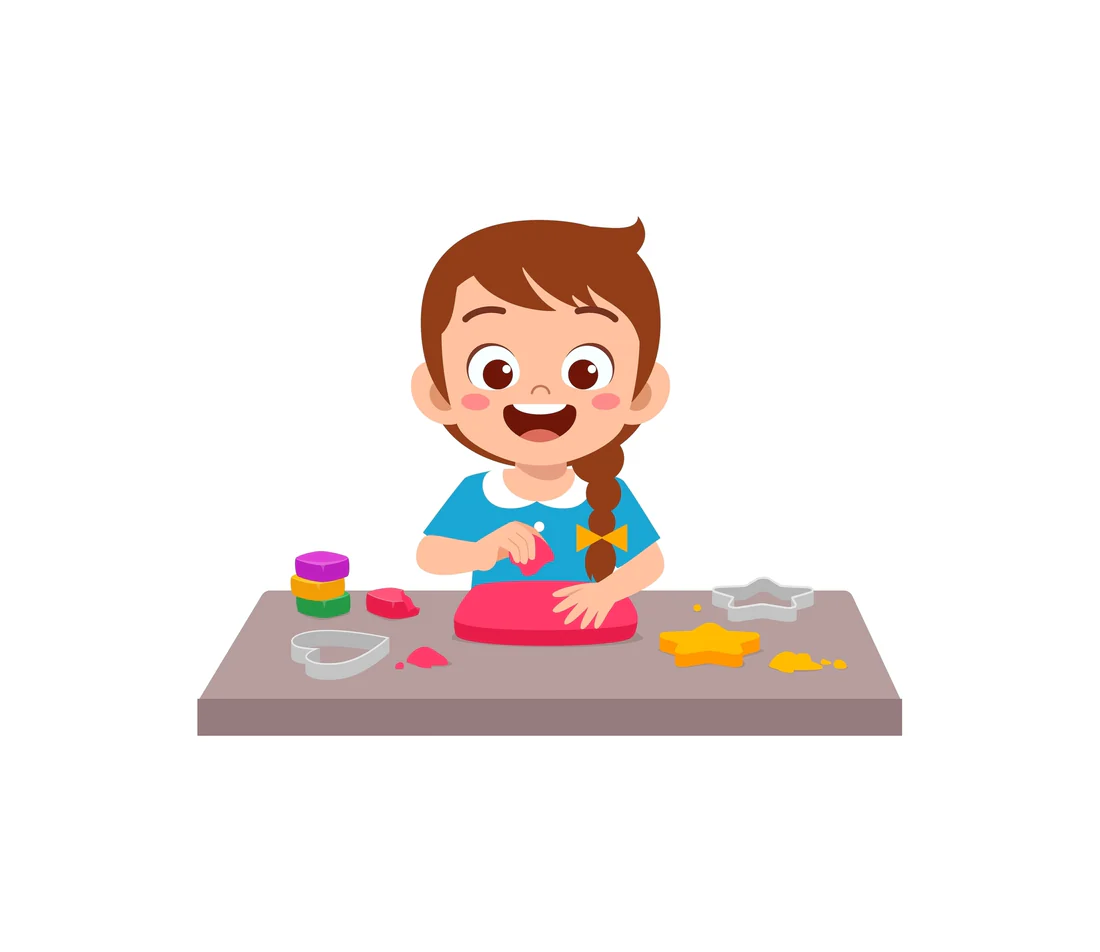
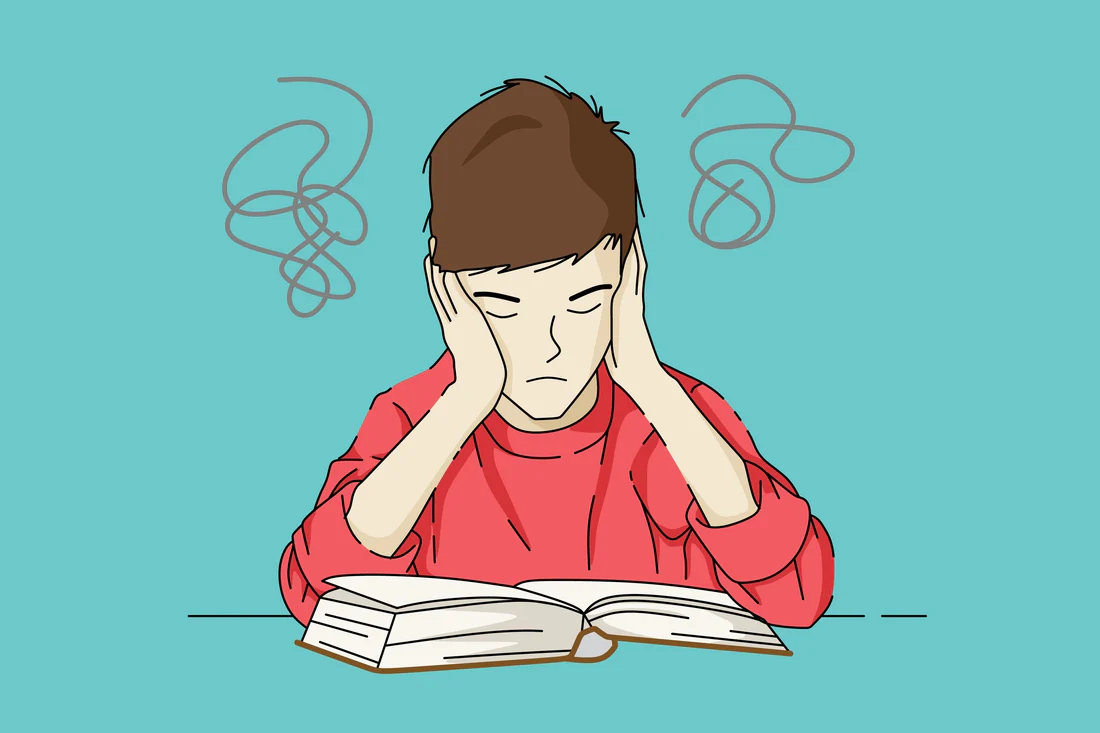
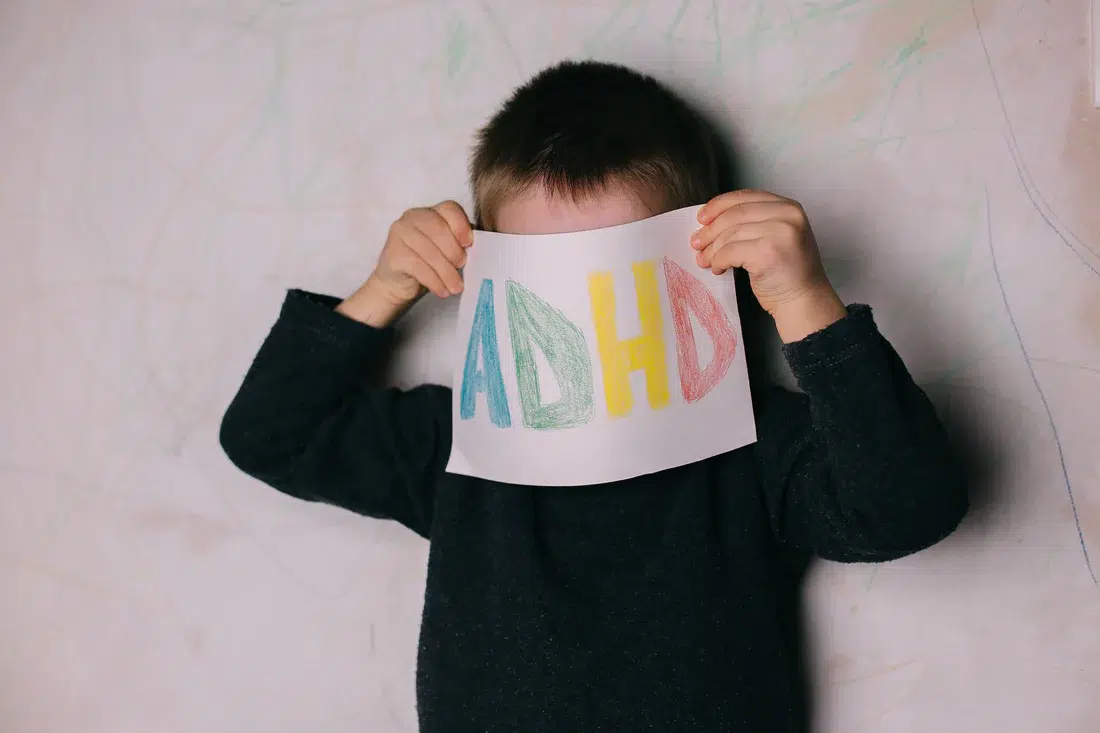


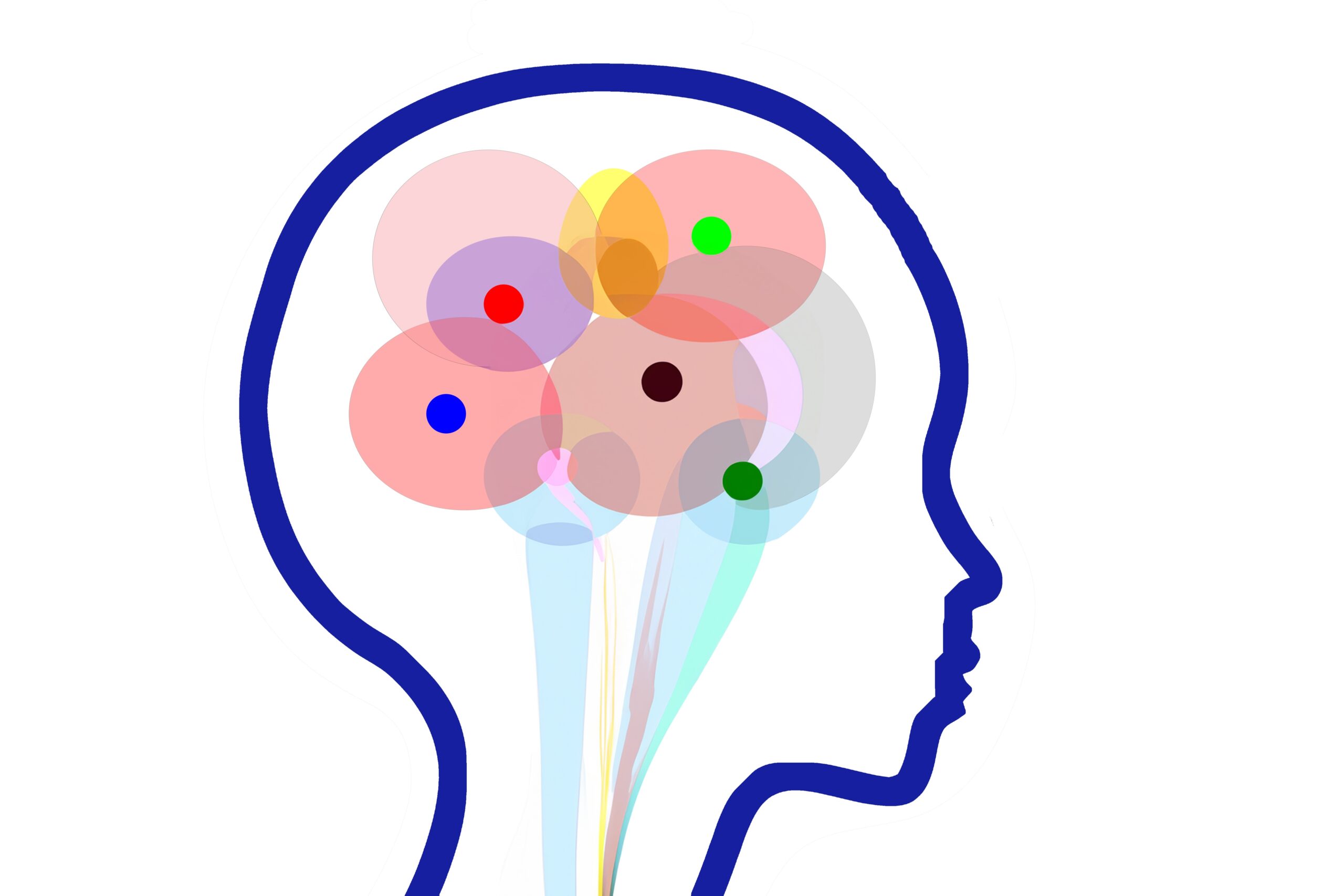
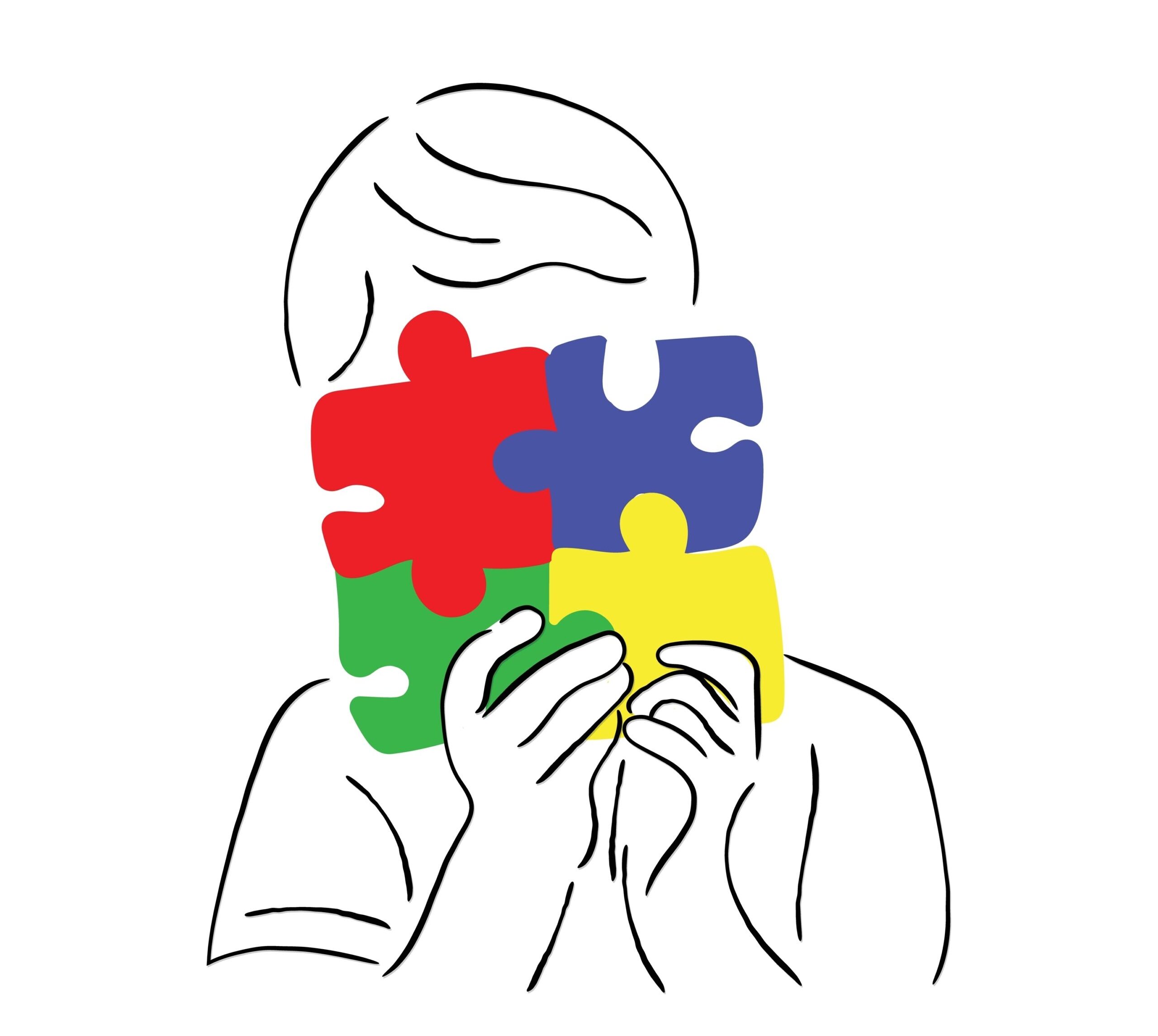
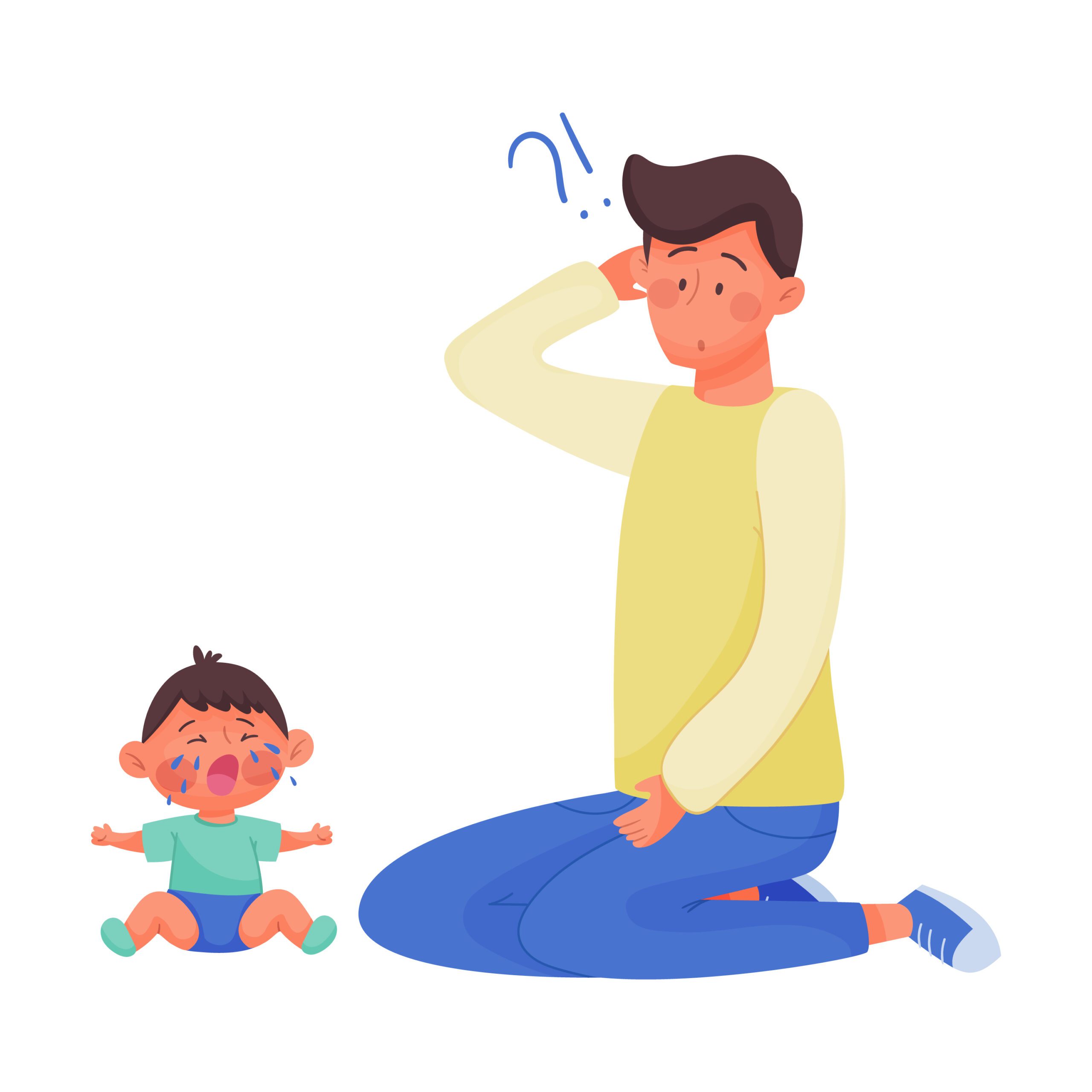

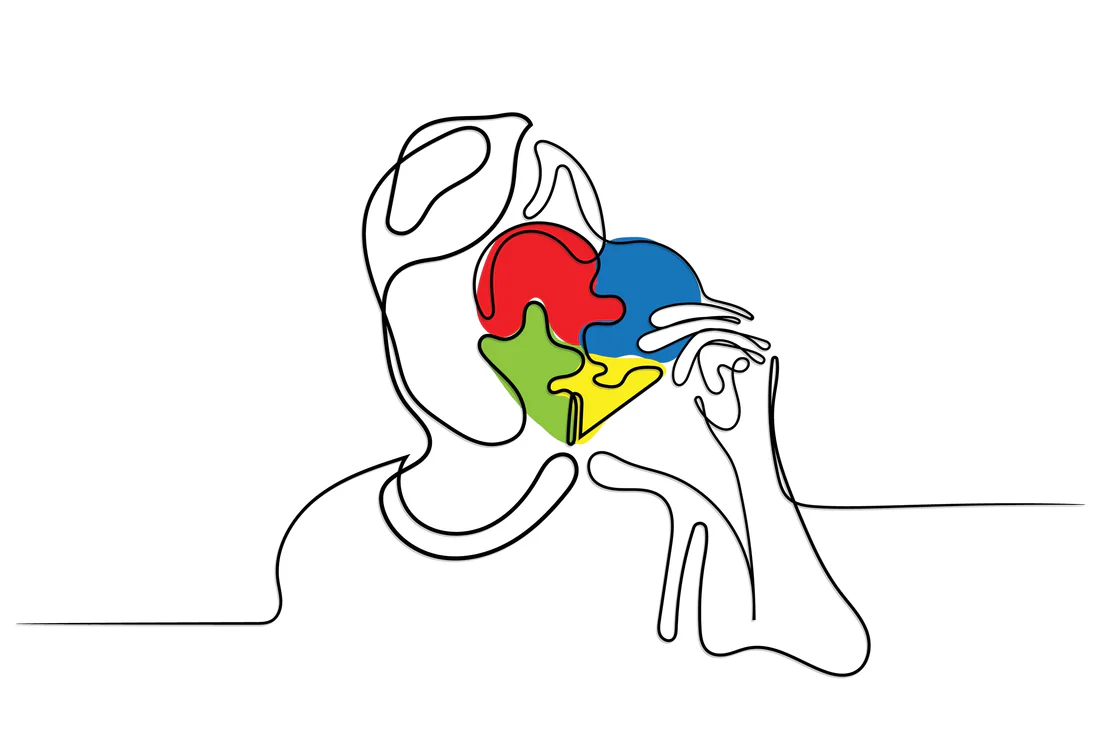










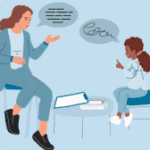 Speech Therapy
Speech Therapy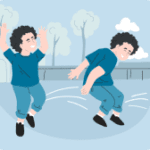 Physical Therapy
Physical Therapy Occupational Therapy
Occupational Therapy



